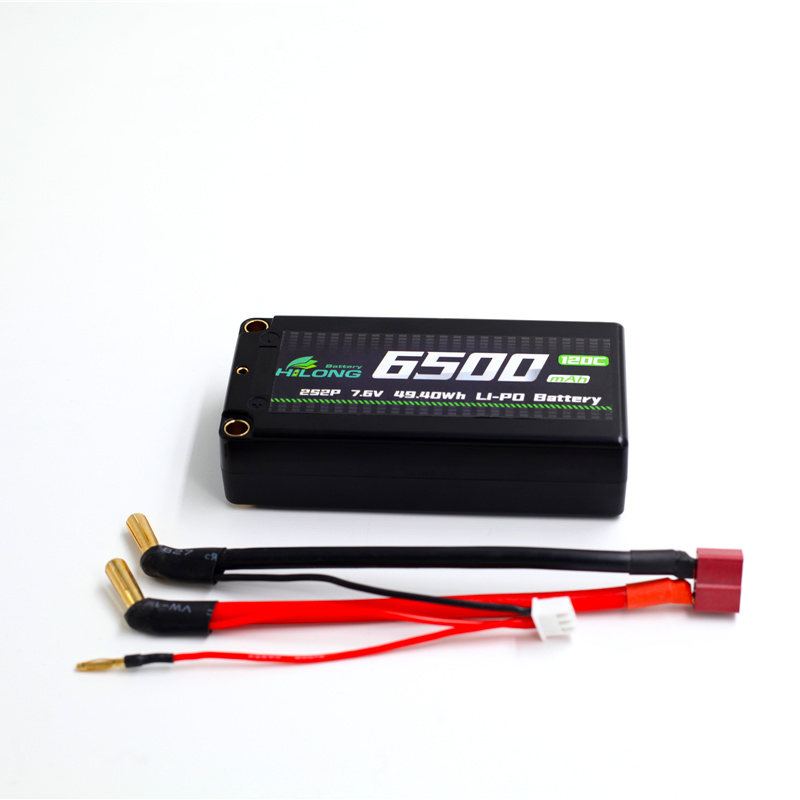In today's fast-paced, technology-driven world, battery cells are the unsung heroes quietly fueling our devices behind the scenes. From smartphones and laptops to electric vehicles and grid storage systems, the demand for high-performance, long-lasting, and safe battery cells has never been greater. Among the myriad options available, four types of rechargeable cells stand out: Nickel-Metal Hydride (Ni-MH), Lithium Polymer (Li-PO), Lithium-ion (Li-ion), and Lithium Iron Phosphate (LiFePO4). Let's explore the unique strengths and characteristics of each chemistry.
Ni-MH Battery Cell: The Reliable Workhorses
Ni-MH battery cells have been a staple in the battery world for decades, known for their dependability and wide range of applications. With an energy density of 60-120 Wh/kg, Ni-MH cells offer a significant improvement over older nickel-cadmium (NiCd) technology. They are commonly found in rechargeable AA and AAA batteries, making them a popular choice for portable electronics and toys.
One notable advantage of Ni-MH cells is their ability to deliver high currents, making them suitable for power tools and electric vehicles. However, they do suffer from a relatively high self-discharge rate of around 30% per month, meaning they gradually lose charge even when not in use.
Li-PO Battery Cell: Lightweight and Flexible
Li-PO battery cells, short for lithium polymer, offer a unique blend of high energy density and physical flexibility. By using a gel-like polymer electrolyte instead of a liquid one, Li-PO cells can be made thinner and in a wider variety of shapes compared to traditional Li-ion cells. This makes them particularly attractive for applications where weight and form factor are critical, such as drones, smartphones, and wearable devices.
Li-PO cells boast an impressive specific energy of up to 200 Wh/kg, allowing them to pack a lot of power into a compact package. However, they do have some drawbacks, including a higher cost compared to other lithium-based chemistries and a slightly lower cycle life.
Li-ion Battery Cell: The Versatile Powerhouses
Li-ion battery cells are the most widely used rechargeable battery chemistry today, powering everything from mobile devices to electric vehicles and grid-scale energy storage systems. They offer a compelling combination of high energy density (150-265 Wh/kg), low self-discharge rate (<10% per month), and excellent cycle life (500-1000+ cycles).
Li-ion cells come in various form factors, including cylindrical, prismatic, and pouch cells, allowing them to be adapted to a wide range of applications. However, they do require careful management to ensure safe operation, as overcharging or physical damage can lead to thermal runaway and potential fires.
LiFePO4 Battery Cell: The Safe and Durable Choice
LiFePO4 battery cells, based on lithium iron phosphate chemistry, have gained popularity in recent years due to their excellent safety profile and long cycle life. Unlike other lithium-based chemistries, LiFePO4 cells are inherently more stable and resistant to thermal runaway, making them a safer choice for applications where reliability is paramount.
While LiFePO4 cells have a slightly lower energy density compared to other Li-ion chemistries (90-120 Wh/kg), they make up for it with an impressive cycle life of 2,000-7,000+ cycles. This longevity makes them ideal for applications that require frequent charging and discharging, such as electric vehicles, backup power systems, and renewable energy storage.
Choosing the Right Battery Cell for Your Application
With each battery chemistry offering its own unique set of advantages and trade-offs, selecting the right cell for your application is crucial. Factors to consider include energy density, power output, cycle life, safety, cost, and form factor.
For portable electronics and devices where weight is a primary concern, Li-PO or high-energy Li-ion cells may be the best choice. For applications demanding high currents and rugged durability, Ni-MH cells could be a suitable option. And for systems prioritizing safety and long-term reliability, LiFePO4 cells are hard to beat.
As battery technology continues to evolve at a rapid pace, we can expect to see even more advanced chemistries and cell designs emerge in the coming years. From solid-state electrolytes to lithium-sulfur and lithium-air batteries, the future of energy storage looks brighter than ever. By understanding the strengths and weaknesses of each battery cell type, we can make informed decisions and power our application more efficiently and sustainably.



.jpg)

